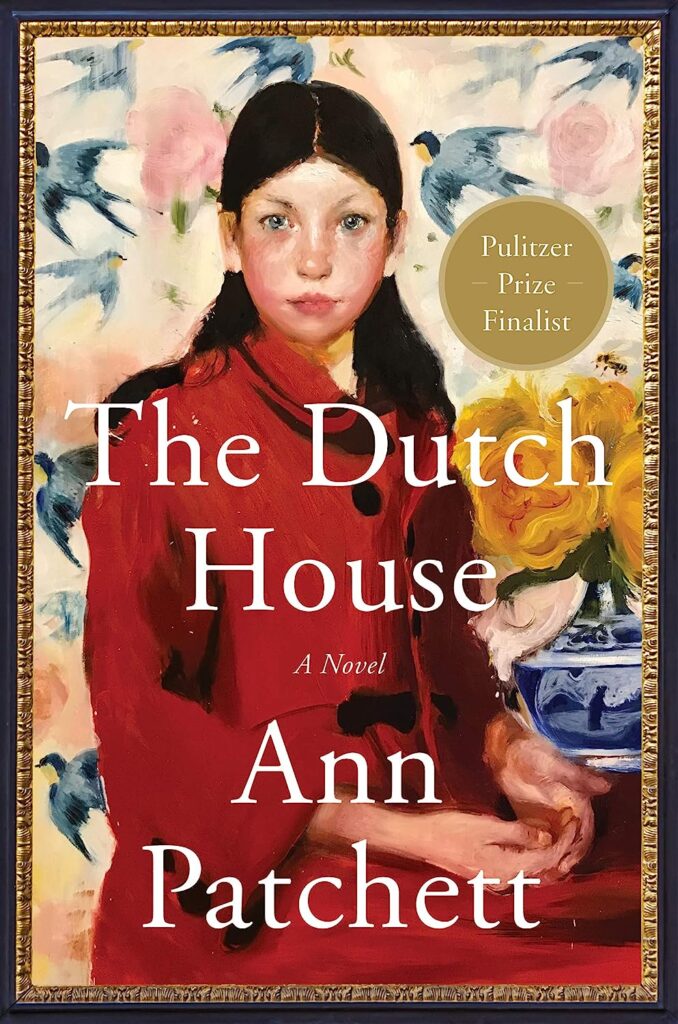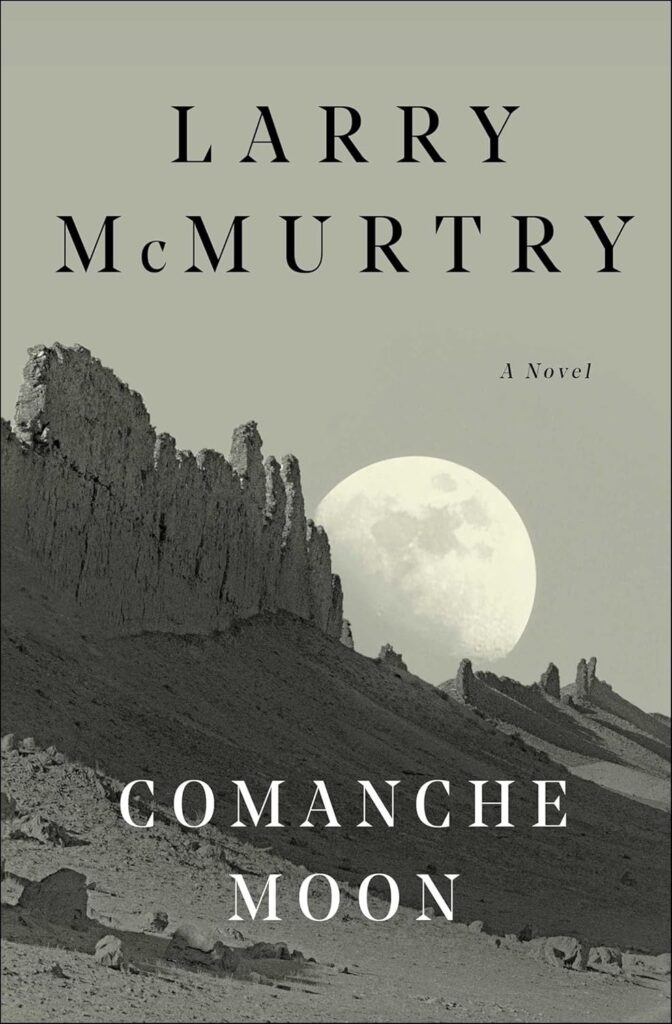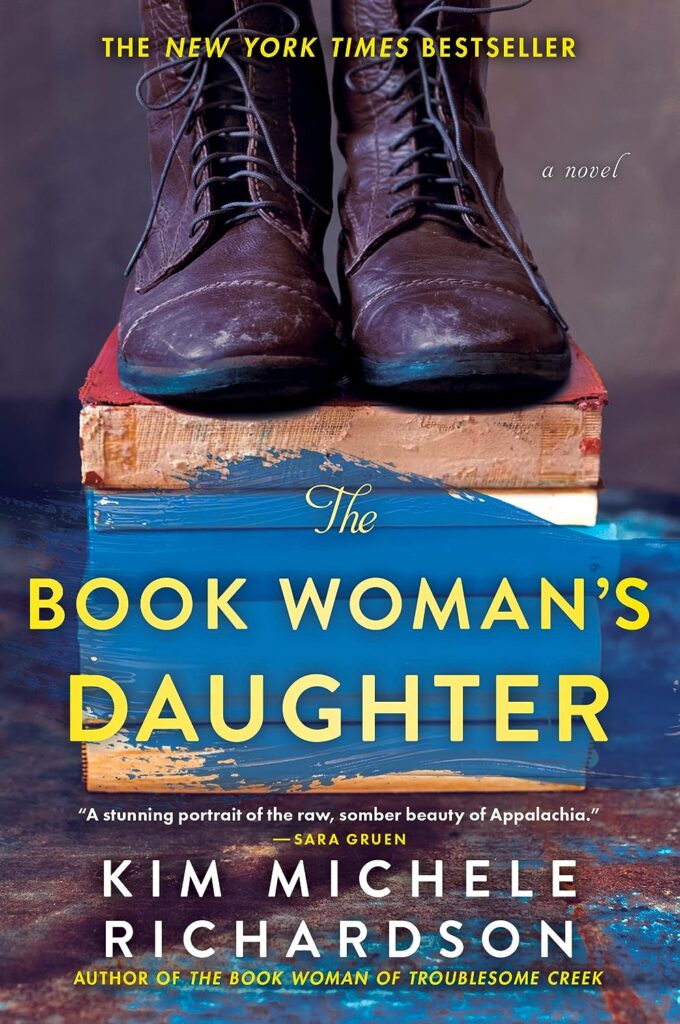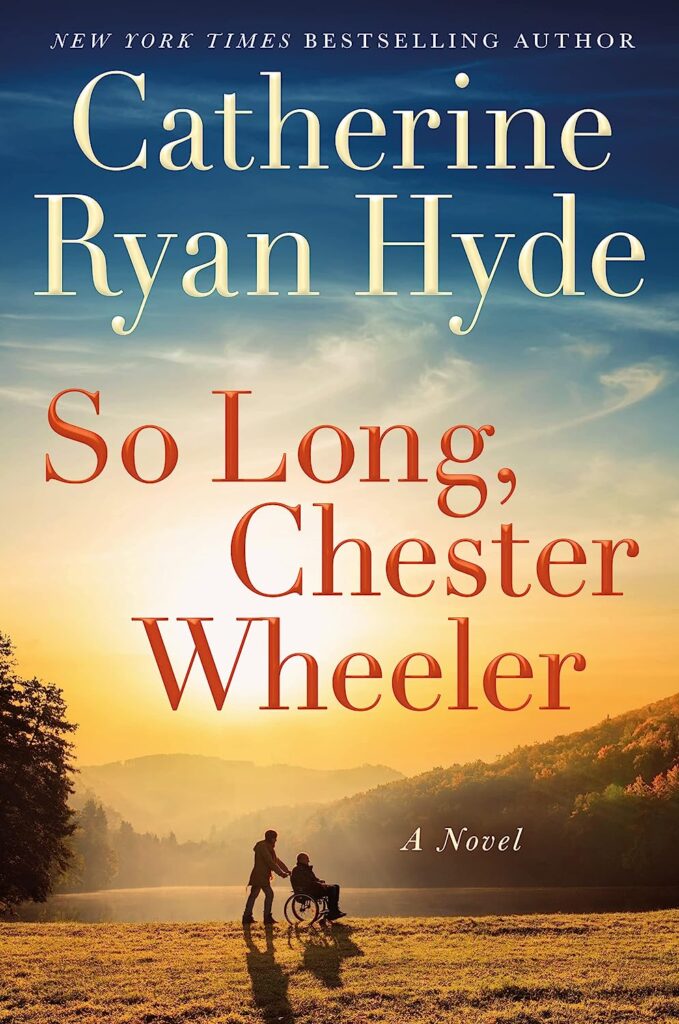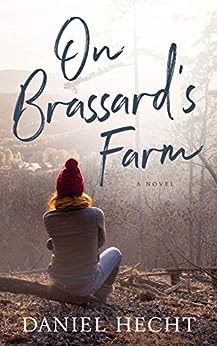“The only way to really understand what money means is to have been poor.”
From The Dutch House
Ann Patchett has written another powerful, moving novel. The Dutch House takes place in Philadelphia and surrounding areas beginning in the mid-1900’s.
The first-person story is told by Danny Conroy, the younger brother of Maeve, his competent, fiercely loving older sister.
At the end of World War II, Cyril Conroy began building an enormous real estate empire, buying apartment and commercial buildings. As a surprise to his wife and small children, Cyril bought the Dutch House, a lavish three-story home in the Philadelphia suburbs. At the beginning of the story, Cyril’s wife has left the family, and Danny and Maeve are cared for by their housekeeper and cook.
A few years after his wife left him, Cyril marries Andrea. Almost immediately, Andrea takes over the household, giving her two daughters the choice bedrooms. When Cyril dies four years after their marriage, Andrea exiles Maeve and Danny from the home, leaving the young adults financially struggling, but permanently binding them together for the rest of their lives.
Maeve remains single, but Danny, after graduating from medical school, marries and eventually has a son and daughter. He and Maeve remain closely bonded. Much of their time together is spent reminiscing their past, even driving to the Dutch House, parking across the street, and rehashing their bitter feelings toward Andrea.
Over the course of five decades, the story delves into the lives of these two siblings and their feelings of deep resentment, despite personal success.
The Dutch House is an amazing story of depth, of love and of forgiveness. It’s also a tribute to deep friendships, whether between siblings or of those who have touched our lives. I have read several books by Anne Patchette and have loved them all. She has an uncanny ability to show depth of character, whether it be a person or a house. I read this book on my Kindle, but it is also an audio book narrated by Tom Hanks. I can only imagine how wonderful that would be. Either way, The Dutch House is a memorable story.


